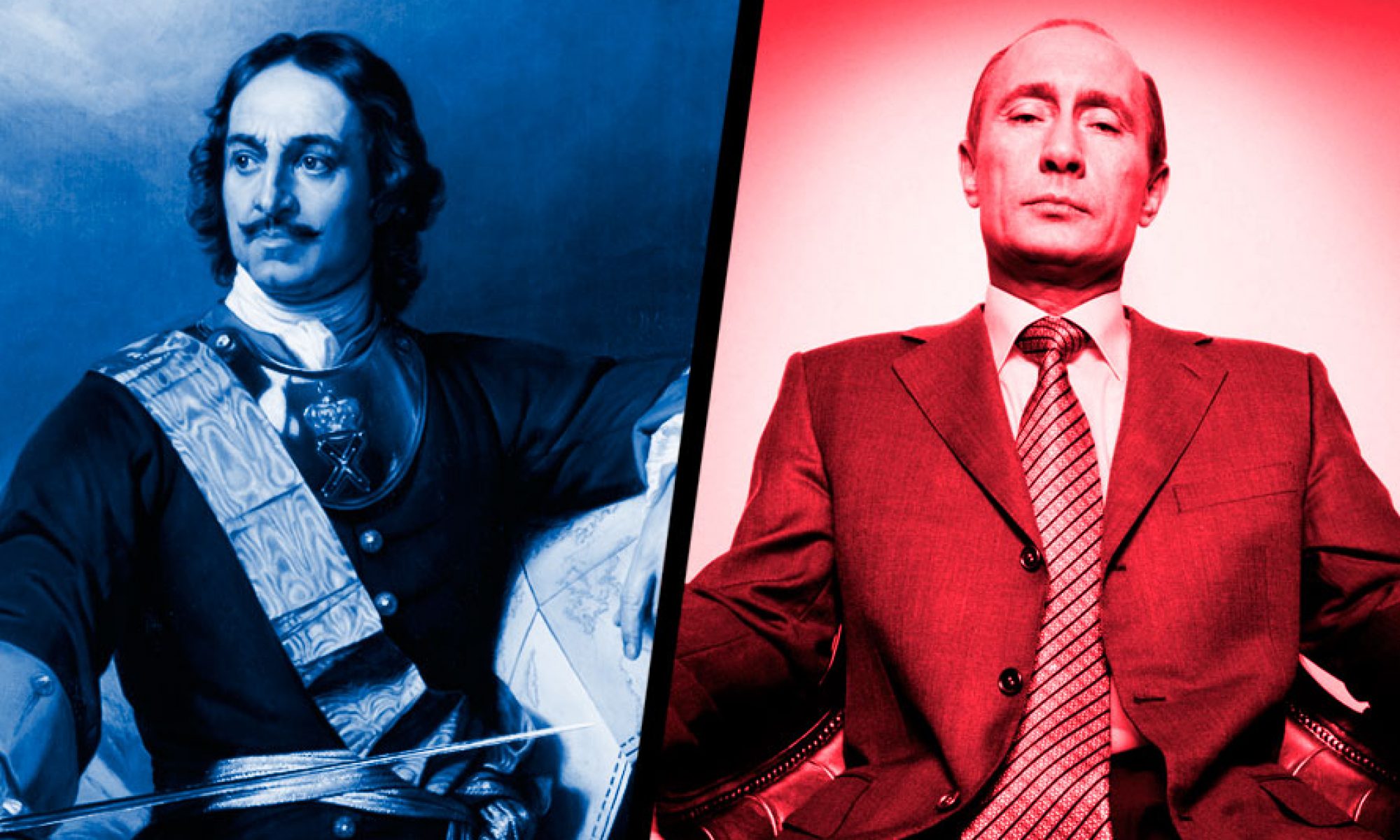After the end of the Russian Civil War, Communist dominance reigned throughout the Soviet Union. But in order to establish a true dictatorship of the proletariat, Soviet leaders to revolutionize Soviet society, particularly with work in the fields and in industrial centers. Since most of Communist membership came from the working class, they were not considered “experts.” As a result, the Soviet Union industrialized with the intelligentsia basically still in control of the means of production. In order to make this a true dictatorship of the proletariat, the workers (“reds”) needed to replace the “experts.” As explained by Fitzpatrick, “By using the word ‘intelligentsia’ for the administrative and specialist elite, Stalin was able to articulate a principle that had long guided Bolshevik practice – that the Soviet regime, like any other, needed its own elite, and that this elite should be recruited primarily from the working class” (155). However, Stalin carried this out by purging Old Bolsheviks and the elites.
Similarly, in the agrarian sectors of the Soviet Union, Pasha Angelina describes how she was able to become an expert. With the kulaks (rich peasants) how the means of production on farms, Pasha took part in Stalin’s campaign in dekulakization, “Dekulakize the rich. Take their land and implements away from them. Use those things to start the kolkhoz. Start the kolkhoz come what may, even if there are only seven of you!” (Angelina 311). In order to gain the means of production, the “reds” and to eliminate the “experts,” effectively becoming their own “Red Experts.”
As we then read in Ekaterina Olitskaia’s recount, the elimination of experts and party members to create a Soviet society of Red Experts was brutal. In order to fully create a Soviet society, was eliminating the intelligentsia, kulaks, and Old Bolsheviks necessary? Could there be a truly successful Soviet Union without integrating Communist ideals into society? Do you see Angelina and other Red Experts as heroes or opportunists?
